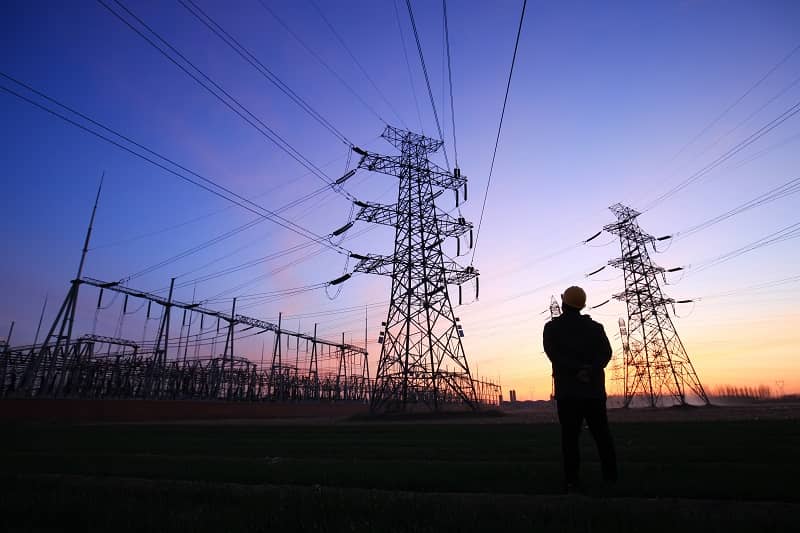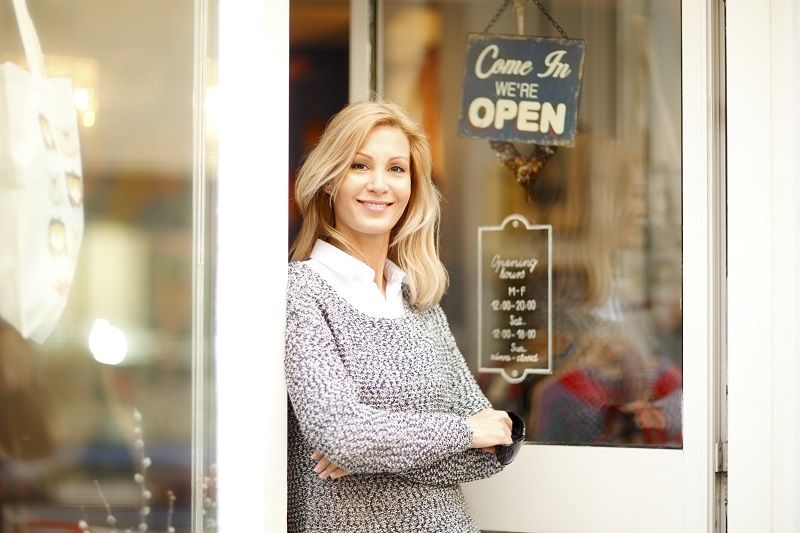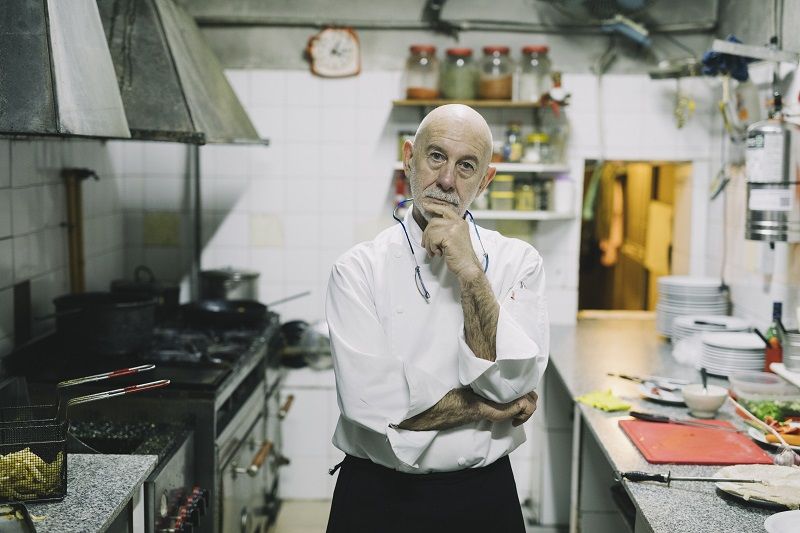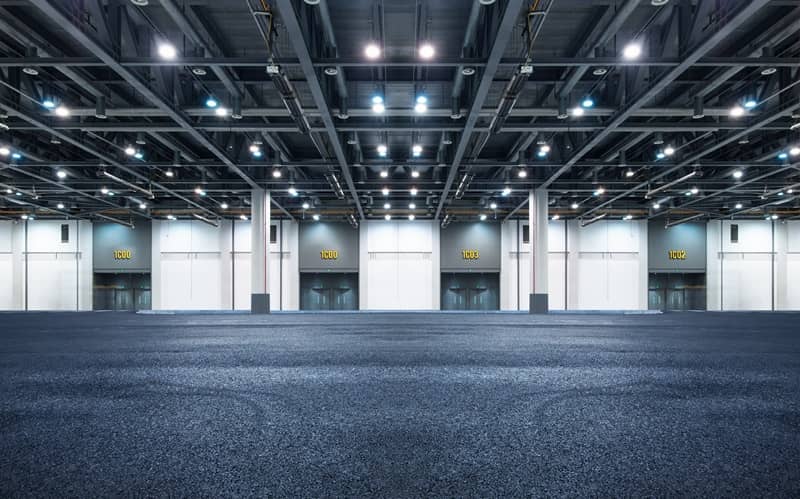

Metro, along with Multnomah, Clackamas and Washington counties, is nearing the end of a complicated planning process to designate urban and rural reserves for the next fifty years. But how do counties who have been struggling with identifying areas for growth and preservation over the next fifty years make an educated decision?
Committees working on the designation of urban and rural reserves in the Portland Metro area have been provided with a population forecast that ranges from 3.6 to 4.4 million people. That equates to an increase of between approximately 750,000 and one million households by 2060. To meet this growth, more than 108,000 acres of urban reserve land must be designated with a density rate of 6.8 households per acre. That equates to an increase of 43% beyond the current Urban Growth Boundary.
Yet, the majority of comments at public meetings favor more rural reserve lands and as few urban reserves as possible. The process of designating rural and urban reserves will be an inevitable collision of idealism and reality. Lands not currently appropriate for urban reserves should not automatically be put into rural reserves. Instead, the answer is to leave lands that don’t fully meet the established factors for rural and urban reserves as “undesignated.” This leaves current zoning in place. “Undesignated” lands can offer flexibility to address unforeseen needs, technology and economics in an otherwise inflexible land-use planning system.











